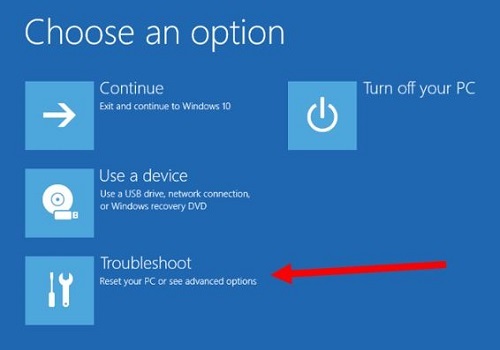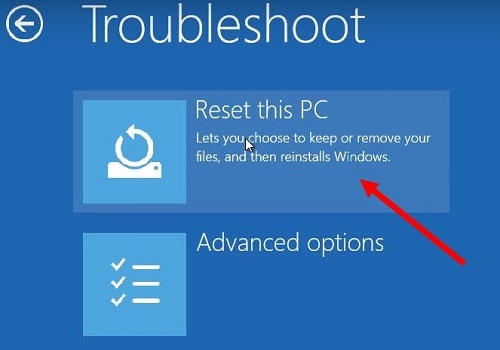Resetting your computer will reinstall your operating system and take the computer back to factory settings. All user data and information will be removed and all programs will be removed unless they were pre-loaded by the manufacturer.
Disclaimer: If you have data you need to keep, we always recommend backing up your system. Even if you just want to refresh, no matter how slim the chances, there is always potential for something to go wrong and leave your system in state where it's inaccessible.
For one reason or another, you may find yourself in a situation where you cannot get past the sign in screen on your system. Sometimes you just forget your password or pin, it happens even to the best of us! Maybe you had an old laptop laying around that your parents hadn't used in a long time and they gave it to you, but can't remember their login information.
Whatever the reason, if you don't have the correct login information, options are limited for getting around it. If you sign in with a Microsoft Account (i.e. registered your email with Microsoft and use that for login) then you can attempt to reset the password from another device through the Microsoft website. If you sign in with a Local Account (i.e. account stored only on the computer, not registered to any email) then you either need a password reset disk (which needs to be set up in advance) or you'll need to reset the system. Again, resetting will completely erase the computer, so any data that isn't backed up will be lost.
Unfortunately resetting is the only "easy" method for removing your account/password from the system if you don't have the password reset disk set up already. Refreshing will keep your account/password on the system so that's not an option. There are other more involved methods that allow you to clear a forgotten password for a local account, but they required using installation/boot media for Windows/Linux and messing around with the command prompt. We won't be going into those here.
To access the recovery environment from the login screen, follow these steps:
First, bring up your password/pin entry (by booting up your computer like normal), then locate the Power Button icon on the bottom-right corner of the screen. (This is not the power button on your actual computer.)
Press and hold down the Shift key on your keyboard; while holding Shift click the power button and select Restart from the options on the screen.


Continue to hold Shift until you reach a new screen. After a moment a new menu should open presenting a list of options for you. You may release Shift, and then select Troubleshoot

Click on Reset this PC

From here on out the process is exactly the same as resetting/refreshing within Windows. Select either Keep my files or Remove everything

If you select Keep my files, you will have to select the Administrator account.

Then enter the Administrator password for the account you selected and click Continue

Now you will have the option to select Cloud download or Local reinstall. If you previously selected 'Remove everything' then you will be brought straight to this step.
If you are connected to the internet, I recommend selecting the Cloud download option, otherwise you can select the Local reinstall option.

Same as above, you'll be asked if you want to Just remove my files or Remove my files and clean the drive. If you intend to keep your system choose just remove my files. If you're getting rid of it, you can clean the drive to make data more difficult to recover.
Note: Cleaning the drive takes much longer than just removing your files.

You are now finished! Just let the PC sit for a bit to complete the Windows reset. If you are resetting Windows on a laptop, I strongly recommend connecting the charger now. You can encounter other problems if the laptop battery dies during this process.